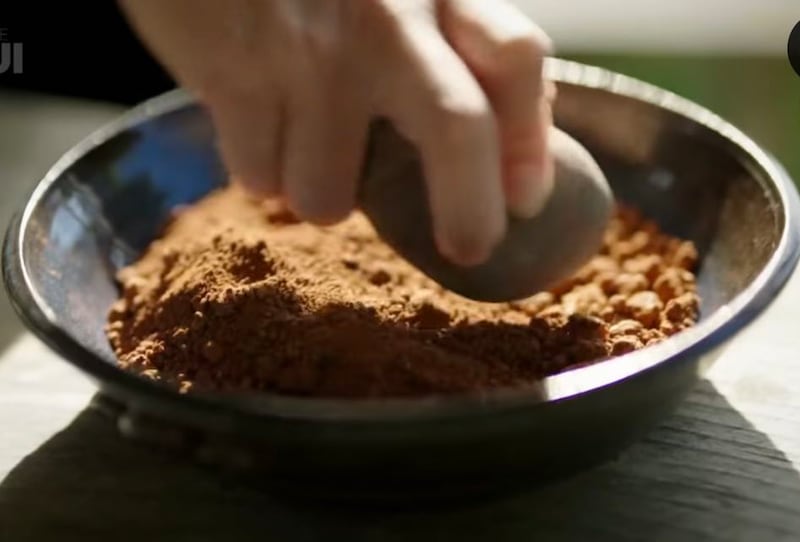Funeral Guides Collective is a Whakatāne community development group that aims to help whānau reclaim traditional natural death care practices. This eliminates the need for funeral directors, embalming, or even a coffin.
Sharday Cable-Ranapia (Ngāti Awa) from Funeral Guides has been a natural death care practitioner for a year and says that the kaupapa is in high demand.
“The whānau call us when their loved one has died or sometimes before that, depending on the situation, and discuss what resources we have available and start making a plan that they’re happy with.”
Funeral guides work in people’s homes, churches, and marae. They offer low-cost solutions that mainstream funeral directors cannot provide due to their high business overheads.
Cable-Ranapia says the average cost of a funeral is anywhere from $7,000 to $10,000 and, although there are grants to help pay this bill, it is simply too high for most whānau to afford. “I haven’t had anyone pay over $2,500 for what we do,” she says.
No embalming needed
There is currently no law that enforces embalming for the deceased. Funeral Guides instead uses cold plates called Moemai pads to slow down the decomposition of the body. The Moemai Pad goes underneath the coffin and the freezer unit is plugged into a wall socket. A grant from Trust Horizon enabled Funeral Guides Collective to import five of these devices from the Netherlands.

Cable-Ranapia says that, apart from reducing costs, the other key benefit of foregoing embalming is that the tūpāpaku is not taken away by strangers and filled with chemicals and the loved one stays with whānau from death to burial.
“The use of cold plates or Moemai pads, icepacks, and eco-friendly products help keep a deceased in their best possible natural state for up to a week.“
The refrigeration unit is placed at the foot of the bed. The cold plate is underneath the coffin. Even in a warm room, this will keep the body at 1-5 degrees Celsius, the same temperature as in a morgue.
Cable-Ranapia says that they have also done away with the use of mainstream coffins to house the body before burial.
“Traditionally, we used to use the bark of a tree to wrap tūpāpaku for burial. At the moment I am using a biodegradable material that is dyed with kōkōwai earth pigment.”

